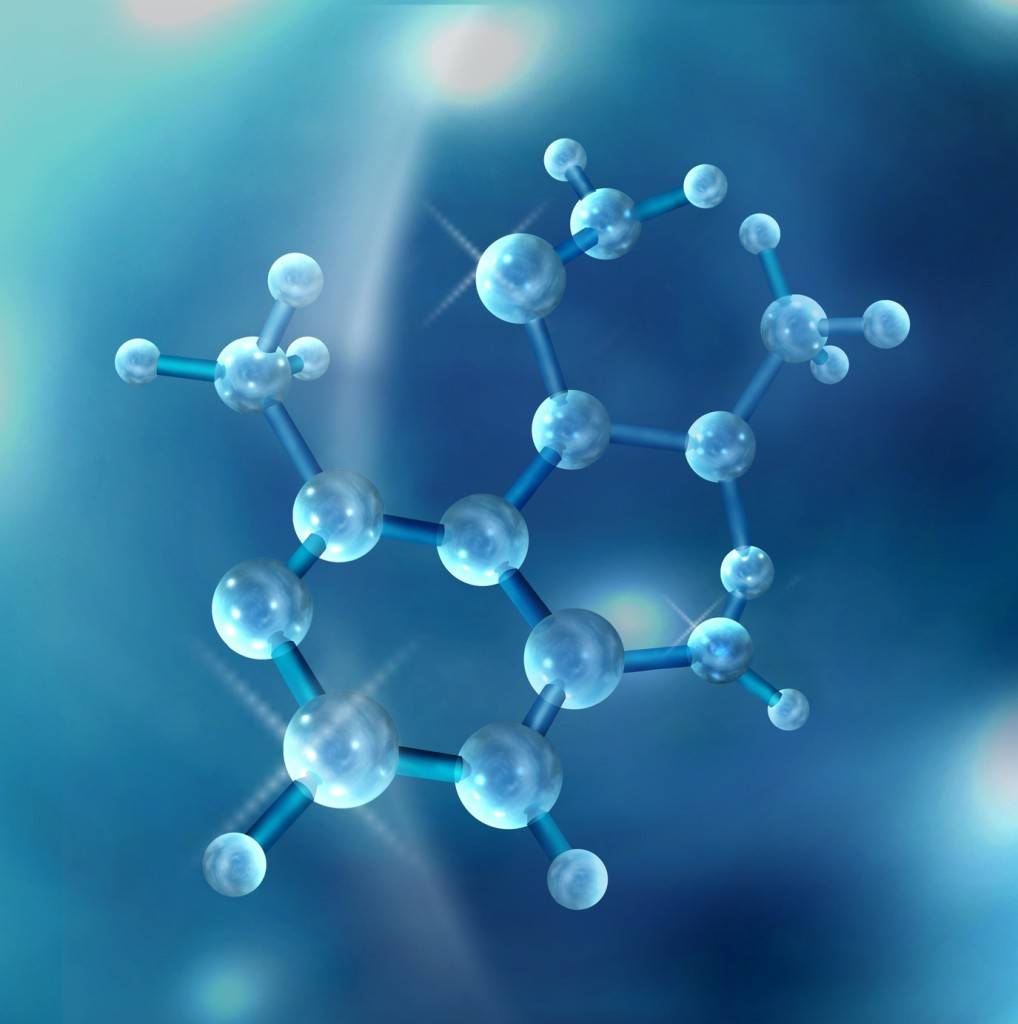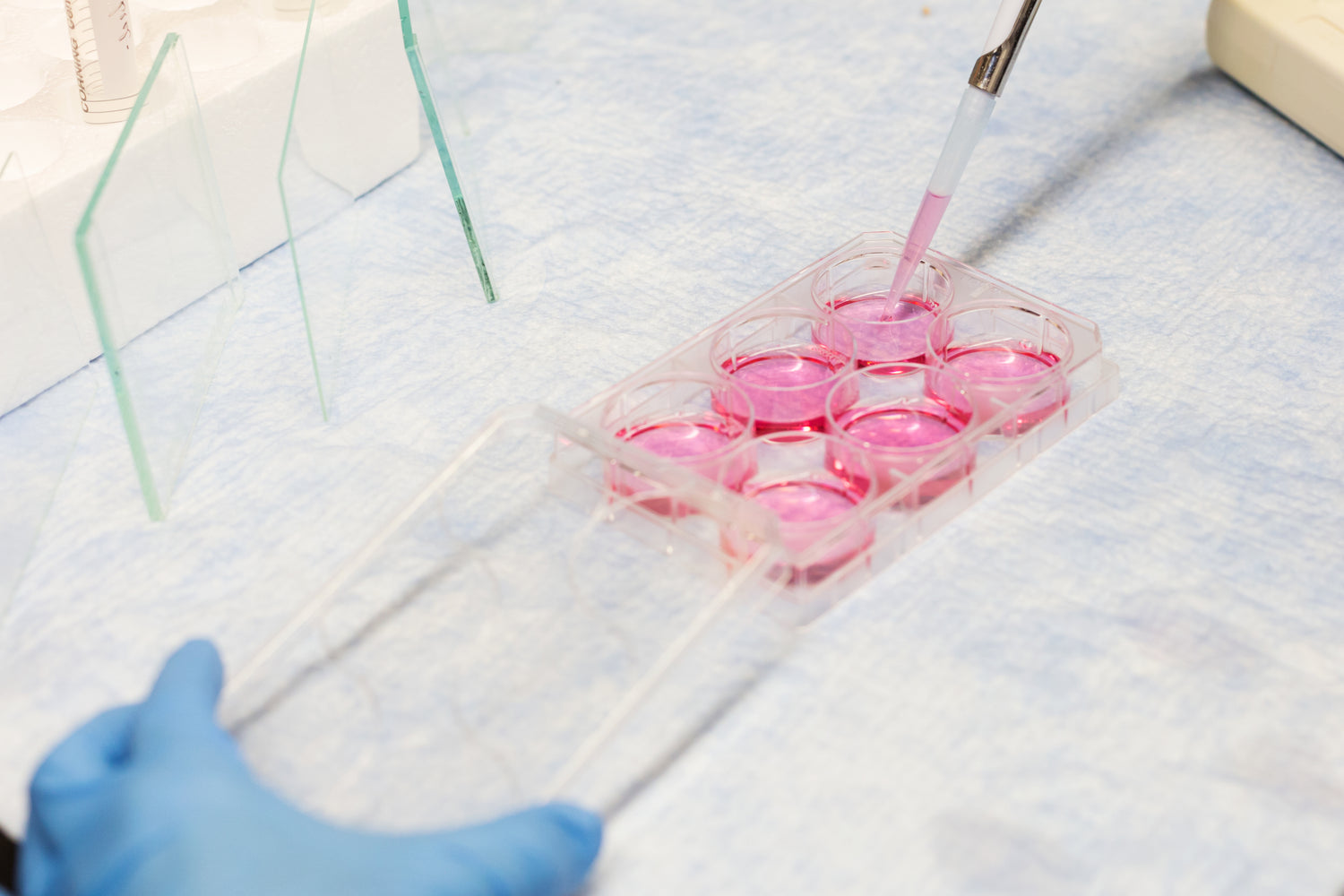Ultrasonic suspension technology can realize the suspension of objects in the non-contact state with the help of ultrasonic characteristics, and has wide application potential in many fields such as material science, biomedicine and aerospace exploration.
Ultrasonic levitation is based on the radiant force of ultrasonic waves. When the ultrasonic wave propagates in the medium, it exerts a periodic force on the object. When the frequency and intensity of the ultrasonic wave meet certain conditions, the radiant force generated can be balanced with the gravity of the object, so as to achieve the suspension of the object.
In the field of material synthesis, ultrasonic suspension technology plays an important role. In the traditional material synthesis process, the sample is often in contact with the container wall, which may introduce impurities, affecting the purity and performance of the material. Ultrasonic suspension technology allows the reactants to react in a container-free state, avoiding the interference of the container wall and contributing to the preparation of high-purity materials.

Ultrasonic suspension technology has a broad application prospect in the biomedical field. In terms of cell and bioparticle manipulation, the technology enables the precise capture, movement and positioning of individual cells or bioparticles. Researchers can use ultrasonic suspension technology to separate specific cells from mixed cell populations according to cell size, density and other characteristics, providing a powerful tool for cell biology research and drug screening.
Ultrasonic suspension does not require mechanical contact, avoiding mechanical damage to suspended objects; It has a high control precision, can achieve the precise control of small objects; In addition, the technology can operate in a variety of environments and is highly adaptable.
With the continuous progress of science and technology, ultrasonic levitation technology is expected to be improved in many aspects. In the aspect of equipment research and development, by optimizing the design of ultrasonic generator, it can improve its energy conversion efficiency and reduce energy consumption.








